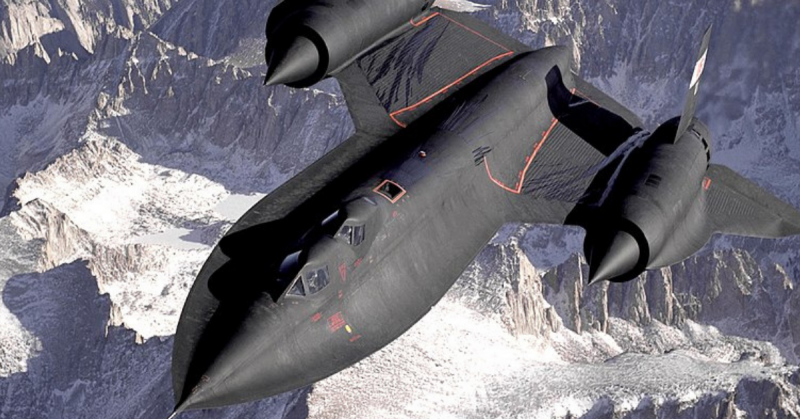Since the use of weather/observation balloons in World War I, military forces have attempted to get a better understanding of their opposing forces. And as technology improved, so did our ability to get a “birds eye view” on our enemy – whether that was in the form of a sleek, sexy and fast SR-71 “Blackbird” or the slow moving, strike capable MQ-1B “Predator.” Here’s a look at some of the best US military spy planes in the last 80 years.
SR-71 “Blackbird”
One of the most famous spy planes was the SR-71 “Blackbird.” Built by Lockheed Martin’s classified “Skunk Works” division, this speed demon was responsible for over 3,500+ missions and almost 54,000 flight hours, with much of that time spent above Mach 3 (equal to over 2,200 MPH)! A total of 32 aircraft were built for use by the US Air Force (USAF) and the National Aeronautics and Space Administration (NASA).
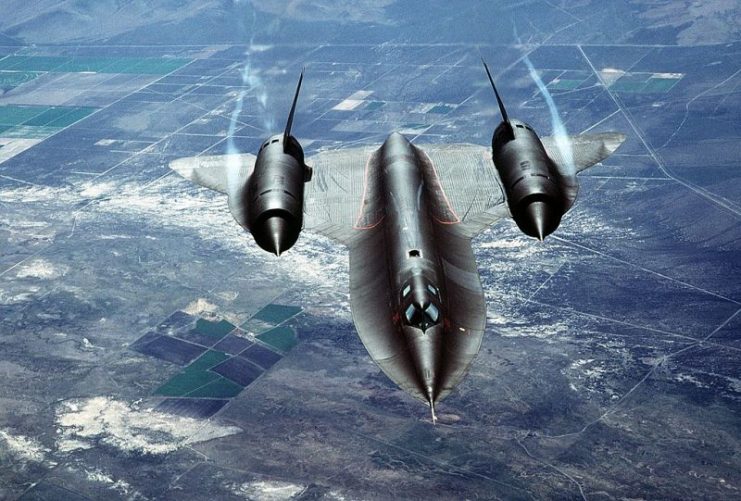
While we lost a total of 12 aircraft during its time in service, ZERO (0) aircraft were lost to enemy fire! The elite aircrew of 2 (pilot and a reconnaissance systems officer) wore special, high pressurized flight suits, similar to that of astronaut’s, to ensure their ability to breath and survive at altitudes exceeding 80,000 feet.
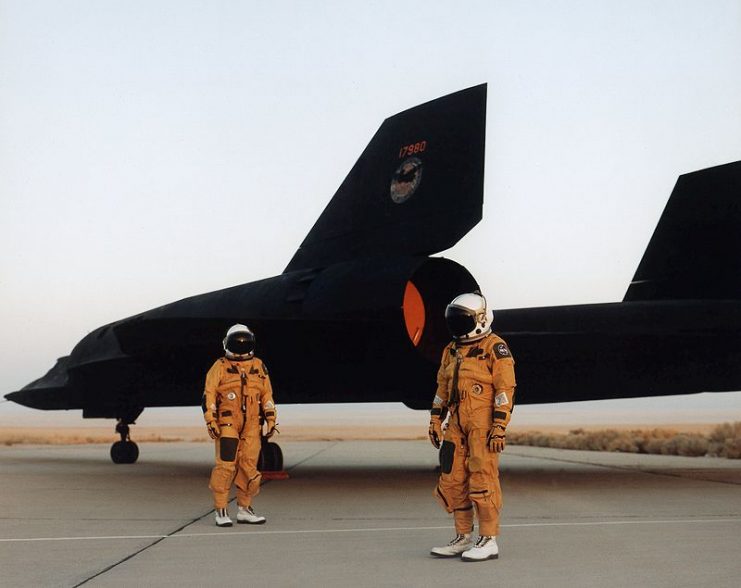
The Blackbird was a maintenance nightmare though on the ground, notorious for leaking various fluids everywhere as the innards of the plane adjusted to life on the ground versus flying mightily in the air at 70,000+ feet and cruising speeds exceeding 1,000 MPH.
While no spy plane has been able to match its speed, range, and ability to evade enemy defenses, increased operating costs forced the SR-71 into retirement in 1998 by the USAF but continued in service with NASA thru 1999.
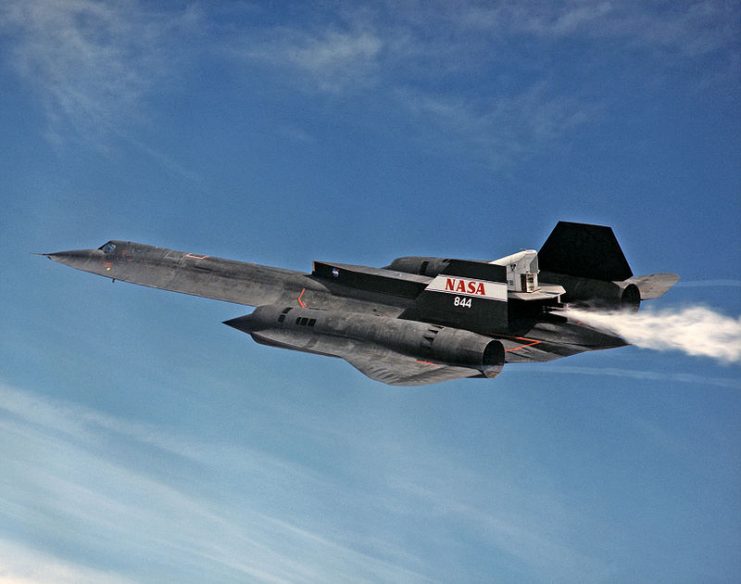
U-2 “Dragon Lady”
Arguably second famous to its sister, the SR-71, the U-2 “Dragon Lady” was another marvel built by Lockheed Martin Skunk Works division. With only 104 built and a majority of those operated out of Beale Air Force Base, California, the U-2 quickly became the ‘go-to’ asset for combat commanders and intelligence, surveillance, and reconnaissance (ISR) requirements since its introduction in 1957.

Still in service today, the U-2 is actively used by the USAF, Central Intelligence Agency, and NASA to meet the needs of the ISR community. Similar to the SR-71, the lone U-2 pilot wears a pressurized flight suit that allows them to operate smoothly even when cruising at 500 mph and 90,000 feet.
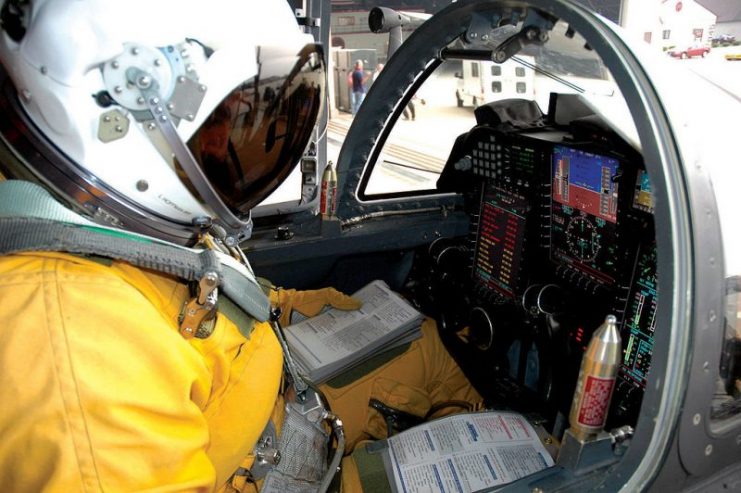
The Dragon Lady was at the center of attention in May of 1960, when Francis Gary Powers was shot down by a Soviet surface-to-air missile while flying a surveillance mission. The U-2 is projected to remain in service until 2023, totaling over 65 years of service.
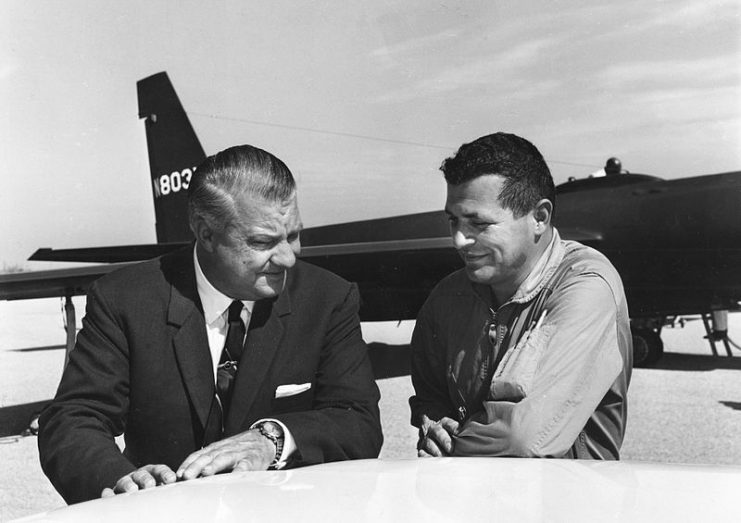
MQ-1B Predator
The “Predator,” and it’s more lethal relative, the MQ-9 “Reaper”, offers not only ISR but also strike capability as well. Built by General Atomics and armed with up to 6 air-to-ground munitions, the MQ-1B is piloted by a remote crew that includes a pilot and a sensor operator.
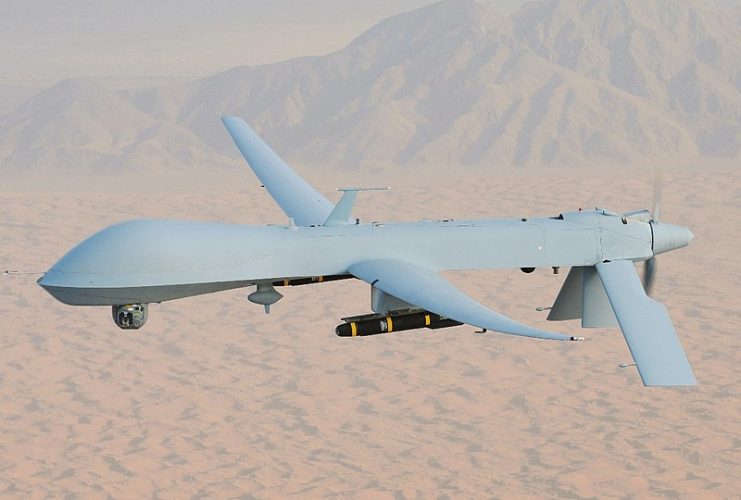
While its speed and range are significantly less than the other planes on this list, it offers theater commanders the option for immediate strike based on intelligence gathered. It’s operated by various air forces around the world, including the USAF, the Italian Ministry of Defense, and the Turkish Air Force.
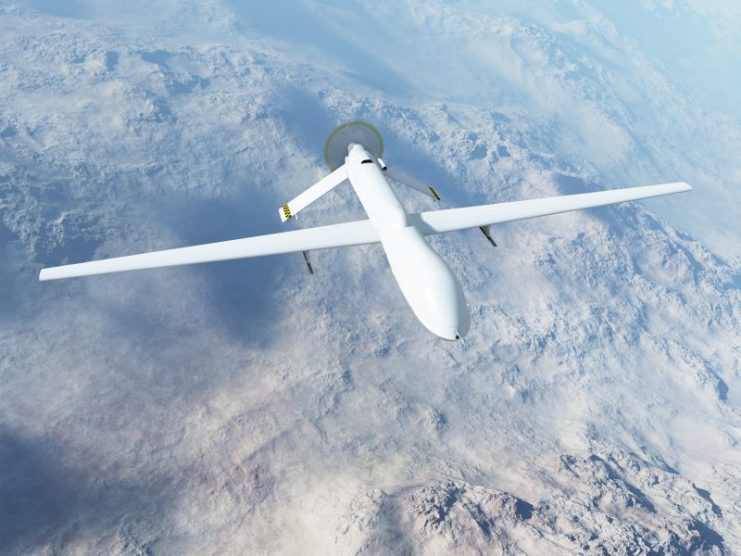
The Predator has been used heavily in Afghanistan and Iraq, monitoring insurgent activities as well as providing deadly precision munitions when needed.
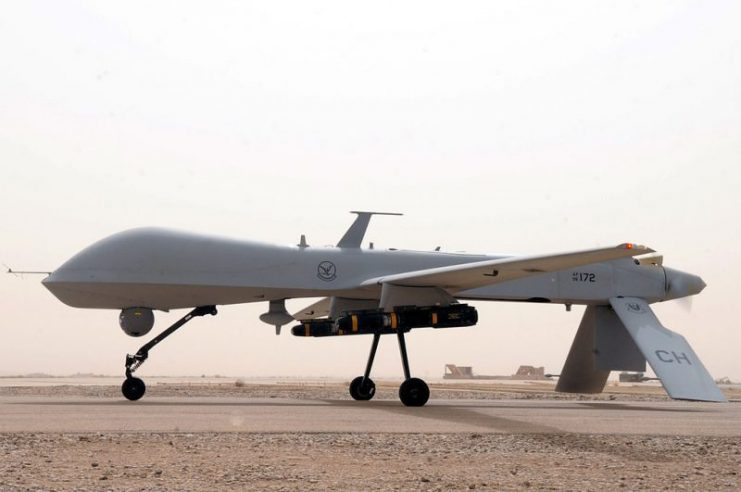
RQ-4 Global Hawk
A product of Northrop Grumman, the RQ-4 is an unmanned aircraft with similarities to the U-2 and both being operated out of Beale AFB, California (the RQ-4 is also operated out of Grand Forks, North Dakota).
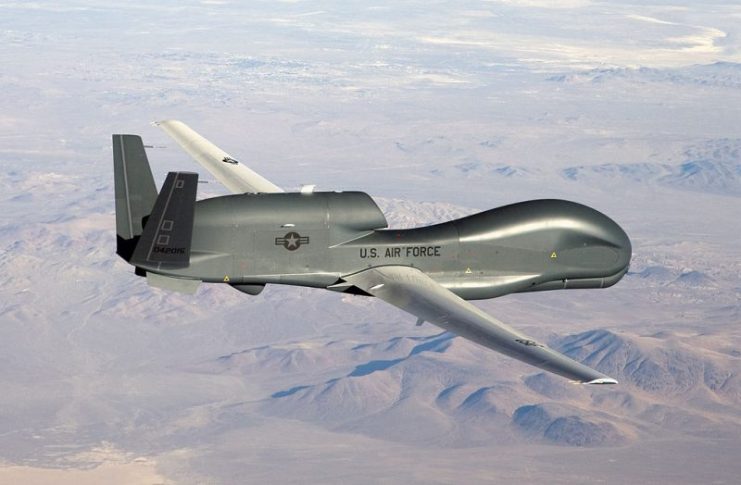
The “Global Hawk” is actively used by the USAF, United States Navy, NASA, as well as for NATO Operations as an unarmed, high altitude, long range ISR plane. The aircraft is piloted by 3 remote crewmen; a launch/recover pilot, a mission control pilot, and a sensor operated.
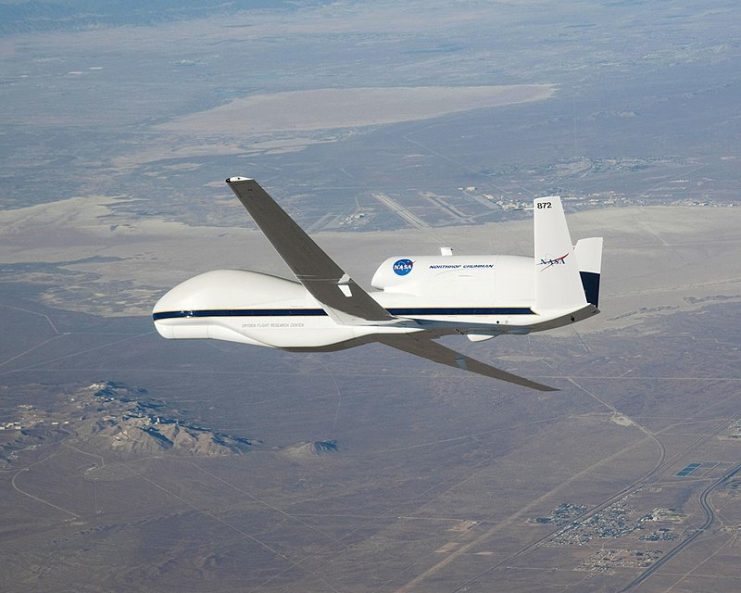
The Global Hawk has unmatched capabilities in the ISR arena, including a range of 14,000+ miles and loiter time of 32+ hours, providing critical intelligence and surveillance to the battle space. They are commonly used in the European Theatre and have no projected retirement date.
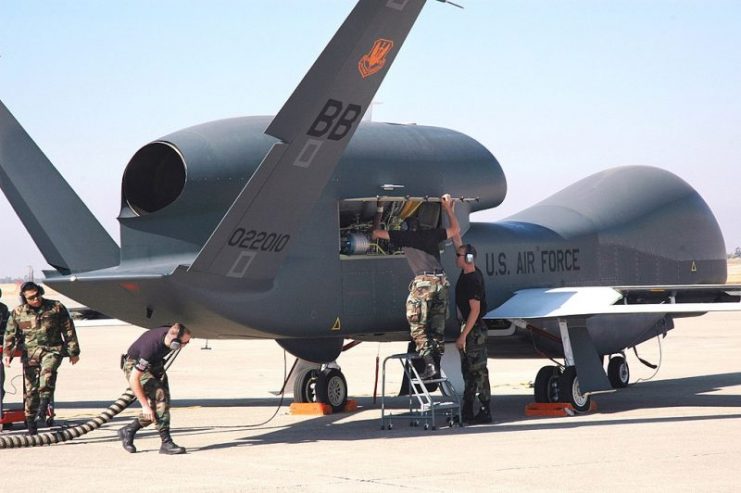
Northrup RF-61 (originally named F-15) “Reporter”
Built by Northrup and only 36 produced, this little known gem of a plane served the US Army Air Corps (and later the US Air Force) well during World War II and the Korean War, providing critical aerial photographs especially of the Korean Peninsula in 1950. Its twin engine, dual tail design (after its sister aircraft the P-61 “Black Widow”) called for 2 pilots with a max speed of 440 mph and a range of 4,000 miles.
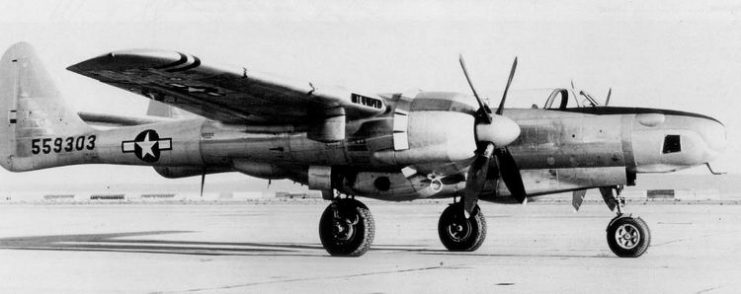
While no plane was lost to combat, an RF-61 took a hard landing in August 1947 and the plane was not salvageable. During its service years, maintenance and spare parts were an issue for the Reporter and ultimately led to its retirement in 1968. The RF-61 did have a short-lived engagement being used in Mexico City for aerial survey work, but an incident in 1968 where a Reporter traveled off the runway from an aborted take-off ended its flying days.
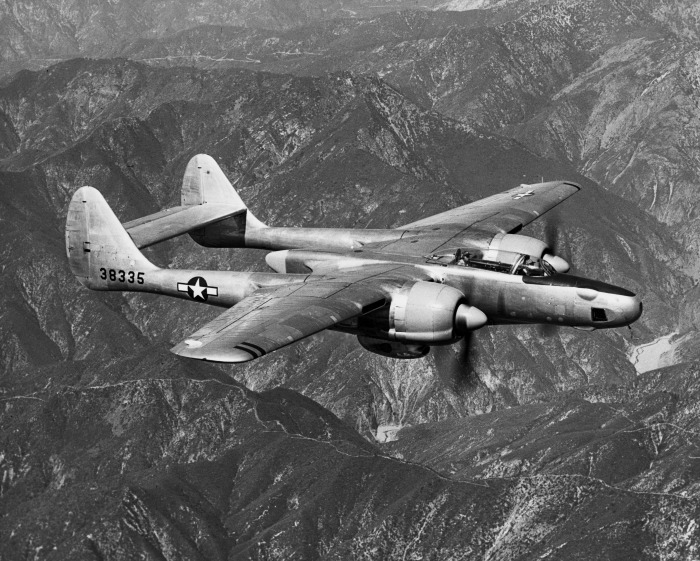
These legendary aircraft have come a long way since launching weather balloons for information, instead flying as high as 90,000 feet above the Earth’s surface, or remotely operating a plane while hundreds of miles away while taking surveillance on the enemy. Even with the sheer awesomeness they provide, our need for battlefield intelligence will only grow stronger from the ISR community.
